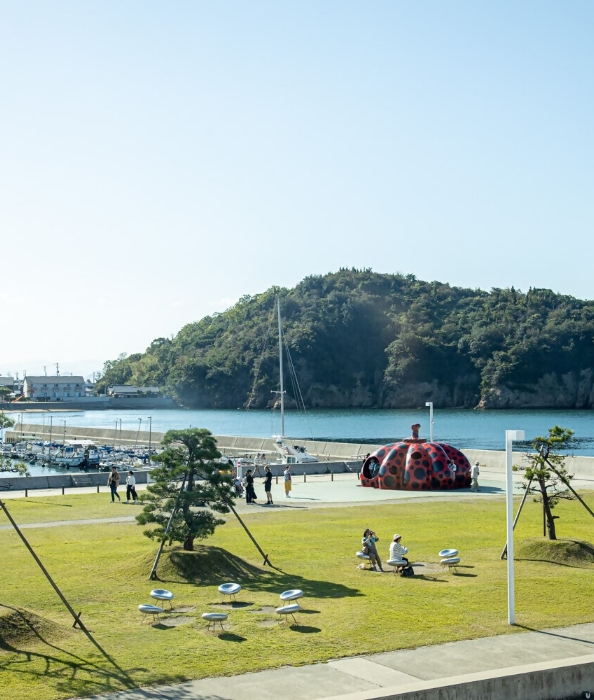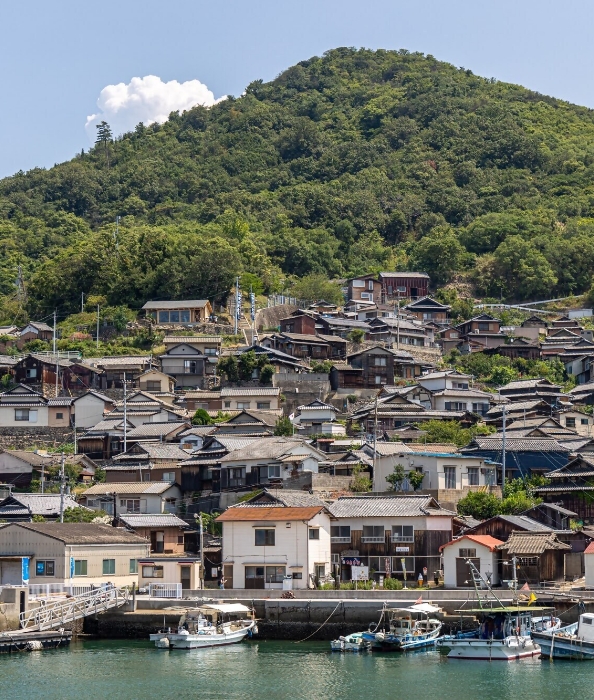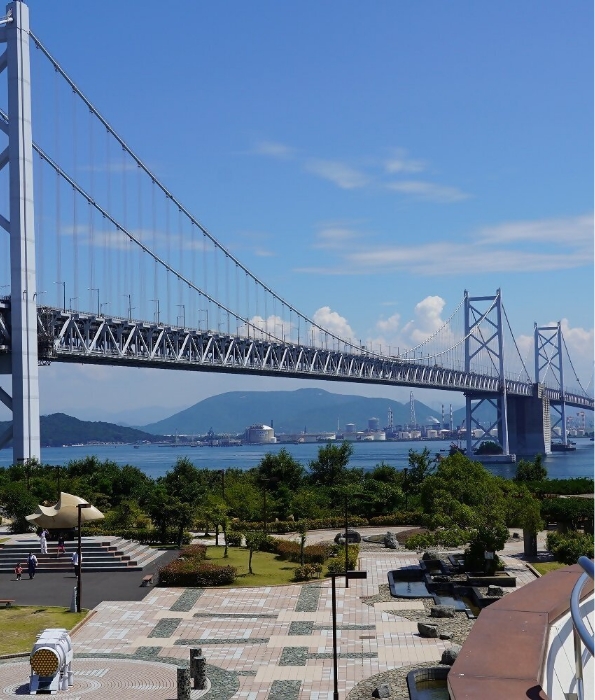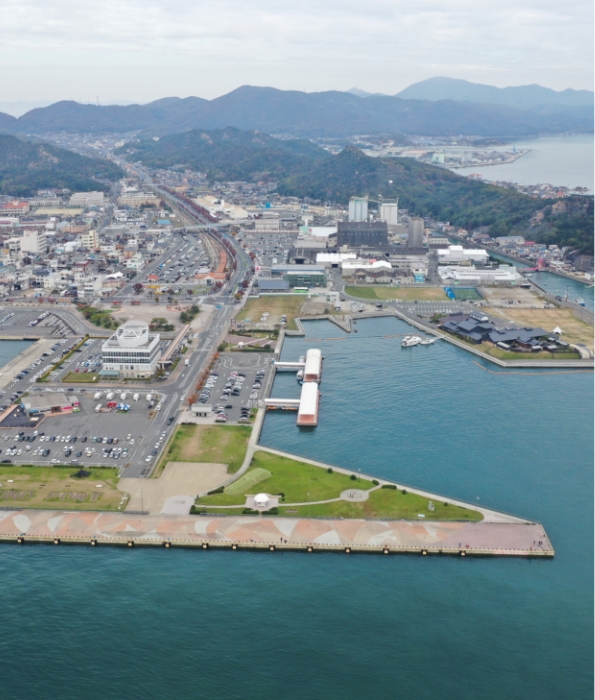Islands and Venues

Oshima
A place to learn about the history of segregation and think about future.
Located about 8 km northeast of Takamatsu Port, Oshima is a small island with an area of 0.62 km² and a circumference of 7.2 km.
Oshima Seishoen is one of 13 sanatoriums for Hansen's disease (leprosy) in Japan. Laws stipulating the social segregation of lepers were promulgated in 1907 and this approach continued until the repeal of the Leprosy Prevention Law in 1996, even though effective treatments for the disease, which damages the skin, eyes and peripheral nerves, had already been developed decades earlier.
We encourage visitors to join the Oshima tours run by Koebitai, our Triennale volunteer corps, to learn about Oshima’s history.
Click here for details on Tomoko Konoike's Ringwanderung tour.

The History of Hansen’s Disease
The sanatorium on Oshima was established in 1909. In 1946, it was renamed National Sanatorium Oshima Seishoen. Due to longstanding social biases and discrimination against people with Hansen’s disease, the Japanese government promulgated the erroneous policy of forced segregation in sanatoriums. The Leprosy Prevention Law was repealed in 1996 and the Basic Law on Hansen’s Disease was enacted in 2008. The sanatorium on Oshima currently provides support for the residents, all of whom have been cured. It also provides programs to raise public awareness and promote an accurate understanding of Hansen’s disease.

Scenery
To guide residents with vision impairments, the roads on Oshima have white center lines and loudspeakers that play music. In addition, fences along the sides of the roads help residents navigate safely with their canes.Originally, Oshima was two small islands joined by a sand spit. This eventually became a land bridge to form one island. In the 12th century during the Genpei Wars, the corpses of Heike warriors defeated in the battle of Yashima washed up on the west shore where they were buried. A pine grove now marks this spot.

Café Shioru
Café Shioru, a project run by Koebitai volunteers as part of the Art for the Hospital Project, operates inside the island's community center. The café serves sweets and drinks made with local plums and citrus fruits. Be sure to drop by when you come to the island.



















